SLVS844A September 2008 – June 2015 TPS65055
PRODUCTION DATA.
- 1 Features
- 2 Applications
- 3 Description
- 4 Revision History
- 5 Pin Configuration and Functions
- 6 Specifications
- 7 Parameter Measurement Information
- 8 Detailed Description
- 9 Application and Implementation
- 10Power Supply Recommendations
- 11Layout
- 12Device and Documentation Support
- 13Mechanical, Packaging, and Orderable Information
9 Application and Implementation
NOTE
Information in the following applications sections is not part of the TI component specification, and TI does not warrant its accuracy or completeness. TI’s customers are responsible for determining suitability of components for their purposes. Customers should validate and test their design implementation to confirm system functionality.
9.1 Application Information
This device integrates two step-down converters and four LDOs, which can be used to power the voltage rails needed by a processor or any other application. The PMIC can be controlled through the ENABLE and MODE pins or sequenced from the VIN using RC delay circuits. In addition to these control pins the device can be controlled by software through I2C interface. Thus, the TPS65055 is very flexible and compatible with many application systems. There is a logic output, RESET, provide the application processor or load a logic signal indicating power good or reset.
9.2 Typical Application
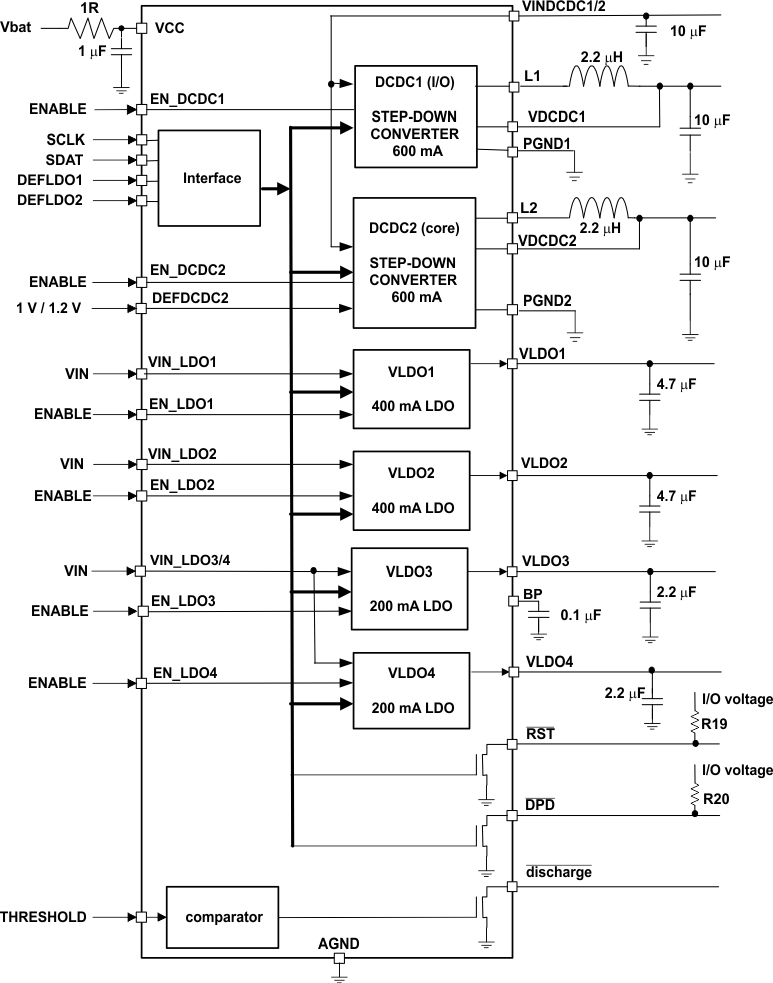 Figure 29. Typical Application Schematic
Figure 29. Typical Application Schematic
9.2.1 Design Requirements
The TPS6505x devices have only a few design requirements. Use the following parameters for the design examples:
- 1-μF bypass capacitor on VCC, located as close as possible to the VCC pin to ground.
- VCC and VINDCDC1/2 must be connected to the same voltage supply with minimal voltage difference.
- Input capacitors must be present on the VINDCDC1/2, VIN_LDO1, VINLDO2, and VIN_LDO3/4 supplies if used.
- Output inductor and capacitors must be used on the outputs of the DC-DC converters if used.
- Output capacitors must be used on the outputs of the LDOs if used.
9.2.2 Detailed Design Procedure
9.2.2.1 Output Voltage Setting
9.2.2.1.1 Converter 1 (DCDC1)
The output voltage of converter 1 is set by the status of the DEFLDO pins and the I2C compatible interface. See Table 2 for output voltage options.
9.2.2.1.2 Converter 2 (DCDC2)
The output voltage of converter 2 is selected with the DEFDCDC2 pin.
Table 19. Default Fixed Output Voltages
| CONVERTER 2 | DEFDCDC2 = LOW | DEFDCDC2 = HIGH |
|---|---|---|
| TPS65055 | 1.2 V | 1 V |
9.2.2.2 Output Filter Design (Inductor and Output Capacitor)
9.2.2.2.1 Inductor Selection
The two converters operate typically with 2.2 μH output inductors. Larger or smaller inductor values can be used to optimize the performance of the device for specific operation conditions. The selected inductor has to be rated for its DC resistance and saturation current. The DC resistance of the inductance influences directly the efficiency of the converter. Therefore an inductor with the lowest DC resistance should be selected for highest efficiency. Due to the internal control scheme used, the inductor should have a minimum value of 3.3 μH for an output voltage of 3 V or higher.
Equation 4 calculates the maximum inductor current under static load conditions. The saturation current of the inductor should be rated higher than the maximum inductor current as calculated with Equation 4. This is recommended because during heavy load transient the inductor current rises above the calculated value.

where
- f = Switching frequency (2.25 MHz typical)
- L = Inductor value
- ΔIL = Peak-to-peak inductor ripple current
- ILmax = Maximum inductor current
The highest inductor current occurs at maximum Vin.
Open core inductors have a soft saturation characteristic and they can usually handle higher inductor currents versus a comparable shielded inductor.
A more conservative approach is to select the inductor current rating just for the maximum switch current of the corresponding converter. It must be considered, that the core material from inductor to inductor differs and has an impact on the efficiency especially at high switching frequencies.
Refer to Table 20 and the typical applications for possible inductors.
Table 20. Tested Inductors
| INDUCTOR TYPE | INDUCTOR VALUE | SUPPLIER |
|---|---|---|
| LPS3010 | 2.2 μH | Coilcraft |
| VLF3010 | 2.2 μH | TDK |
| LPS4012 | 2.2 μH | Coilcraft |
| VLF4012 | 2.2 μH | TDK |
9.2.2.2.2 Output Capacitor Selection
The advanced fast response voltage mode control scheme of the two converters allows the use of small ceramic capacitors with a typical value of 22 μF, without having large output voltage under and overshoots during heavy load transients. Ceramic capacitors having low ESR values result in the lowest output voltage ripple and are therefore recommended. Refer to Table 21 for recommended components.
If ceramic output capacitors are used, the capacitor RMS ripple current rating always meets the application requirements. For completeness, the RMS ripple current is calculated as:

At nominal load current the inductive converters operate in PWM mode and the overall output voltage ripple is the sum of the voltage spike caused by the output capacitor ESR plus the voltage ripple caused by charging and discharging the output capacitor:

Where the highest output voltage ripple occurs at the highest input voltage, Vin.
At light load currents the converters operate in power save mode, and the output voltage ripple is dependent on the output capacitor value. The output voltage ripple is set by the internal comparator delay and the external capacitor. The typical output voltage ripple is less than 1% of the nominal output voltage.
9.2.2.2.3 Input Capacitor Selection
Because of the nature of the buck converter having a pulsating input current, a low ESR input capacitor is required for best input voltage filtering and minimizing interference with other circuits caused by high input voltage spikes. The converters require a ceramic input capacitor of 10 μF. The input capacitor can be increased without limit for better input voltage filtering.
Table 21. Possible Capacitors
| CAPACITOR VALUE | SIZE | SUPPLIER | TYPE |
|---|---|---|---|
| 22 μF | 0805 | TDK C2012X5R0J226MT | Ceramic |
| 22 μF | 0805 | Taiyo Yuden JMK212BJ226MG | Ceramic |
| 10 μF | 0805 | Taiyo Yuden JMK212BJ106M | Ceramic |
| 10 μF | 0805 | TDK C2012X5R0J106M | Ceramic |
| 10 μF | 0603 | Taiyo Yuden JMK107BJ106MA | Ceramic |
9.2.3 Application Curves
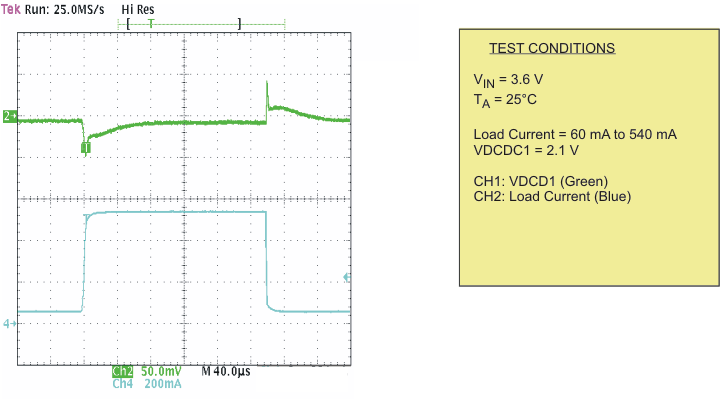 Figure 30. Load Transient Response DCDC1; PWM
Figure 30. Load Transient Response DCDC1; PWM
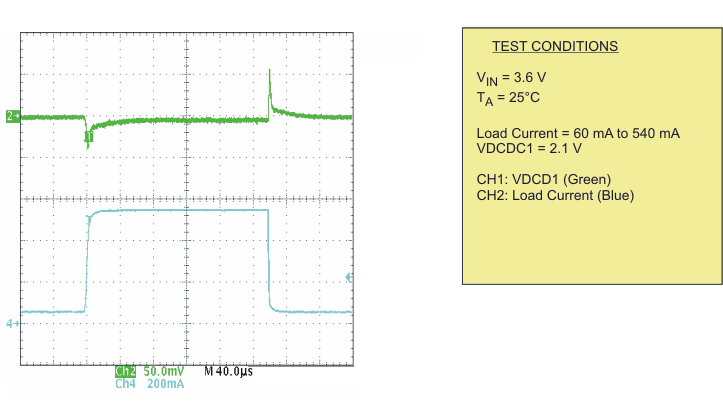 Figure 32. Load Transient Response DCDC2; PWM
Figure 32. Load Transient Response DCDC2; PWM
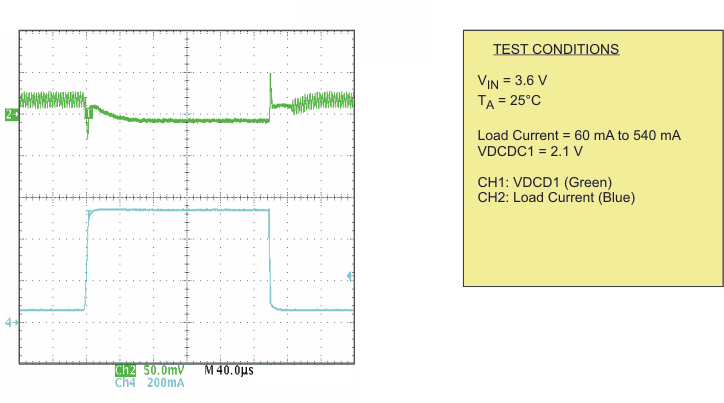 Figure 31. Load Transient Response DCDC1; PFM
Figure 31. Load Transient Response DCDC1; PFM
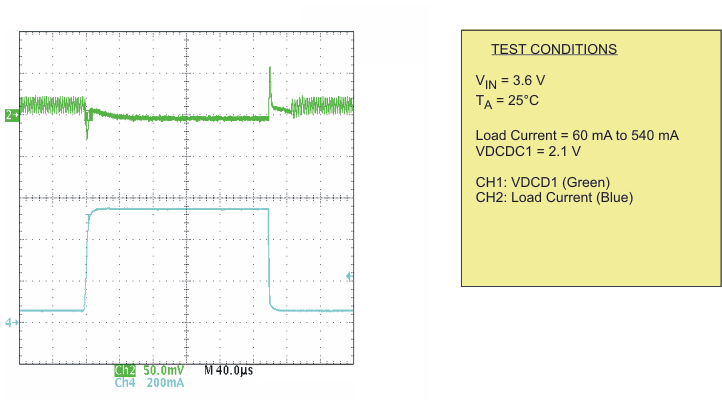 Figure 33. Load Transient Response DCDC2; PFM
Figure 33. Load Transient Response DCDC2; PFM